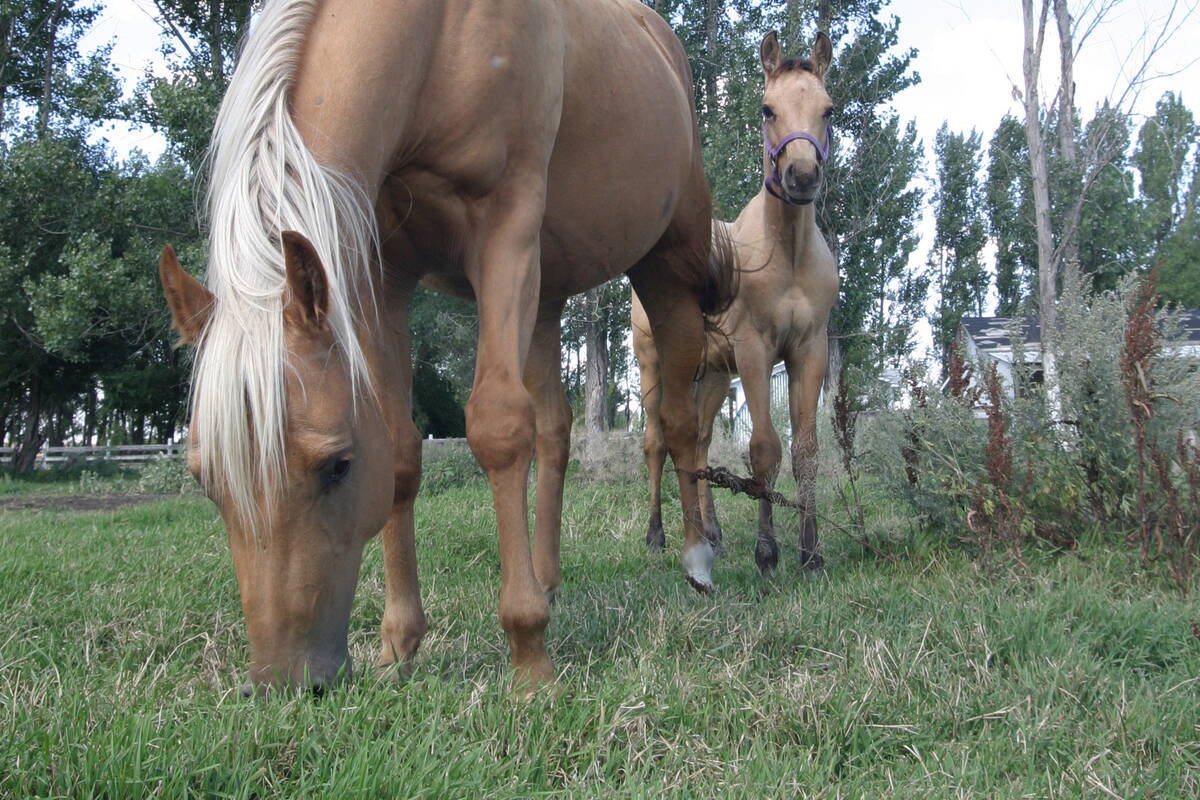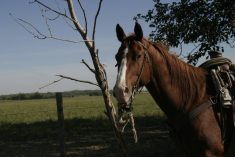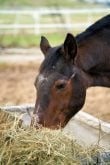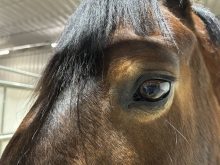The hoof responds to everything it experiences in its environment as well as everything going on within the body. Inseparably tied to the body, a sound foot depends on more than a correct trim. This in no way dismisses or diminishes the importance of a proper hoof trim, rather places the trim in its rightful place. More and more professionals of horse care are broadening their focuses to include animal health and welfare for solutions to hoof problems.
Horses need suitable feeding to grow healthy hooves. Critical attention to the diet can dramatically improve hoof form. When the diet of a horse contains a disproportionate amount of grains, processed feeds, processed supplements and is high in sugars and starches the majority of horses’ hooves will not be healthy.
Read Also

Ignoring growth plates sabotages young horse development
Young horse training plans and workloads must match their skeletal development. Failing to plan around growth plates can create lifelong physical problems.
When a house is built, the quality of materials and resources used in structuring and assembling the house matters greatly towards the value of the final product. This simple principle is equally applicable to the growth and development of a horse’s hooves. The majority of raw materials offered in the horse’s diet for structural growth of the hoof needs to come from long-stem forages, otherwise structural integrity and attachment of the hoof capsule suffers. Due to the physical demands imposed on the hoof by carrying a 1,000-lb. animal, vulnerabilities in its structural integrity are quickly revealed and exposed if proper care, feeding, and management are not present.
The distinctive cross-links and molecular binding between substances of the hoof matrix demand a level of exactness in the minerals provided by the diet. Silica, calcium, magnesium, copper, zinc, sulphur, and selenium, to name but a few. The ratio of minerals to one another also has a direct influence on the bioavailability of any one mineral. The bioavailability of a mineral is of great importance because it determines the value the mineral itself has towards the horse’s health. If the diet offered to the horse is not of proper quality, quantity and balance it derails structural integrity and resilience of the hoof matrix and creates a “weak” -footed horse.
No trim mechanics will “fix” such. Growth and development of the hoof is very dependent upon the level of sugars, mineral profile, and antioxidants derived from the diet. Quality forage is of the greatest value to the diet of the horse and when well chosen, will meet the majority of nutrient needs. Then, abundant fresh clean water, free-choice loose salt, and minerals will generally balance out the remainder.
Another important consideration for hoof health is the horse’s body weight. Hooves function to absorb the concussive forces of impact upon weight bearing, therefore if a horse is carrying body weight beyond ideal, the hooves become burdened. Furthermore, adipose and/or fatty tissue is no longer considered to be just a source for storing energy, rather it is now recognized to be an organ with the ability to produce hormones and inflammatory proteins. As such, this generalized inflammation in the body has numerous ill outcomes, one of which is laminitis and/or founder.
The concept that the body is nourished by the diet is widely accepted. It is also becoming increasingly evident that movement is equally nourishing to the animal’s body and as such, movement is coming to be recognized as a necessary and essential nutrient to health.
Recent scientific studies in the rapidly expanding area of epigenetics is revealing that physical expression of form is strongly linked to mechanical stimulation. Although not readily obvious to the naked eye, the expansion, contraction, and distortion cycle of weight bearing on the hoof is necessary for creating and maintaining a healthy foot. The hoof relies on movement and/or physical stimulation to maintain its healthy elasticity and blood flow. Movement influences the form of the hoof that is expressed and is crucial for health and healing.
The hoof is the end point of a moving lever — the leg. Therefore the kinematic nature of the horse’s stride or the way the horse moves its entire body does make a difference to how the hoof impacts the ground. Irregular leg movement can be a source of imbalanced wear to the hooves. Dental work, ill-fitting tack such as a poor-fitting saddle, and horsemanship whether via groundwork or riding, all influence the horse’s movement. The hoof must respond accordingly. Saddle fit and rider balance can have dramatic effects on the growth and development of hooves.
The source of difference between a “good” -footed horse and a “weak” -footed horse can come from surprisingly and seemingly unrelated areas of a horse’s lifestyle and environment. Embracing these possibilities creates a broader understanding, connecting the whole horse to the health of the hoof — revealing how truly inseparable the two are.
















